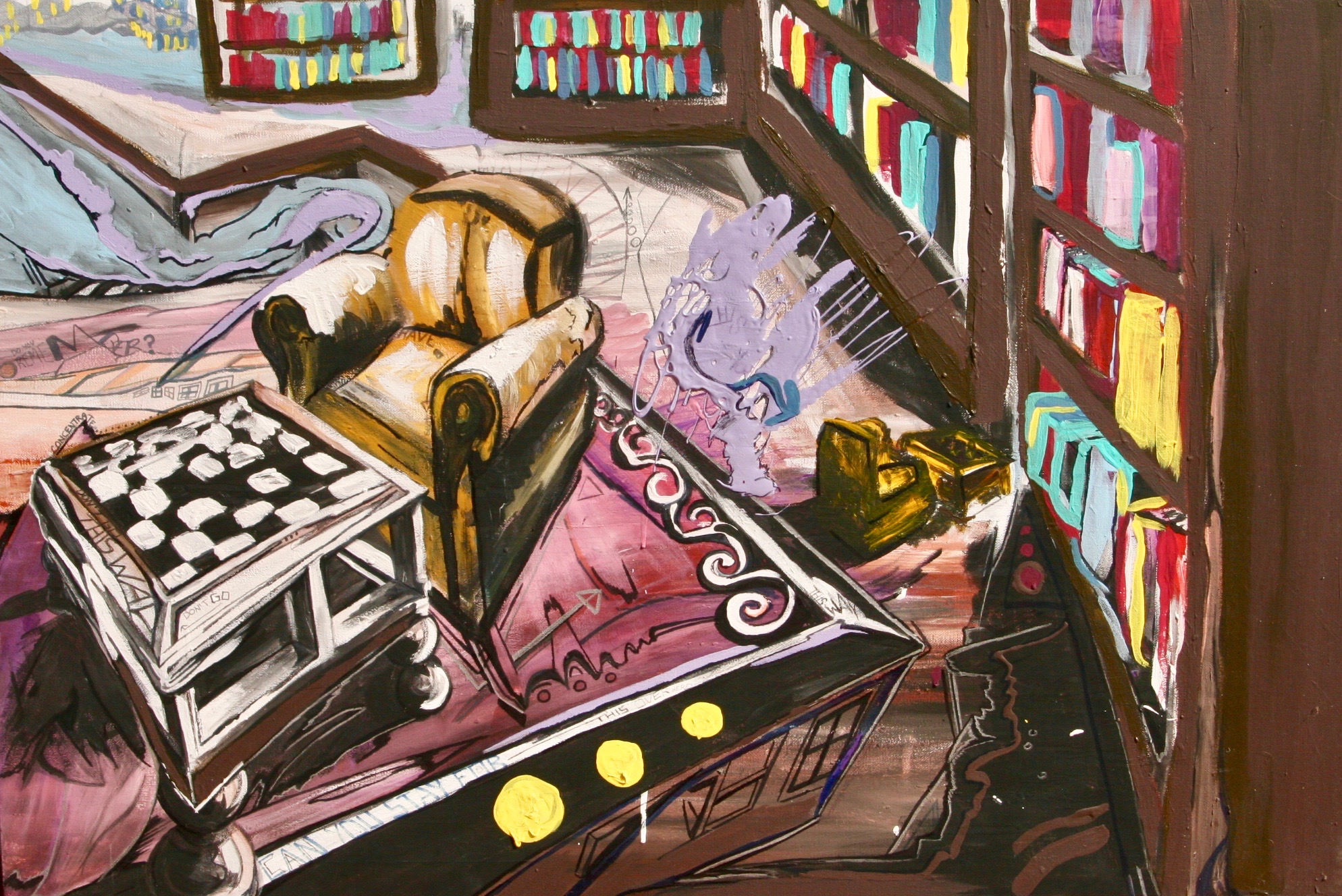Jean L. Kreiling
Recording The New York Times for the Talking Information Center
The Talking Information Center provides a reading service to the visually impaired or otherwise print-impaired. Each week, volunteers record articles from newspapers and magazines, along with consumer information, community-based announcements, and original programming, to which clients can listen via computer, virtual assistant, or special radio.
1. Newsreader’s Voice
I try to keep the sneer out of my voice
when I read what makes news in politics,
allowing every listener a choice
about the nonsense and the dirty tricks.
I’m careful to resist the real temptation,
when headlines warn about the rising seas,
to make it sound like pious exhortation
delivered by a preacher on his knees.
And though reports of war make evident
the human failings that infuriate
the pacifist in me, that’s just irrelevant.
My role is only to enunciate—
no matter what the circumstances are—
as clearly as they do on NPR.
2. Reading about Tragedy
It’s not my place to weep; it’s not my loss.
I didn’t pack his lunches in first grade
or catch his wobbly Peewee football toss
or scold him when he left his bed unmade.
I didn’t wait up when he stayed out late
or put up with his sullen teenage moods;
I don’t know how he liked to celebrate
his birthdays, I don’t know his favorite foods.
But my throat closes up as I recite
the awful details at the microphone:
shot twice that day at school, he died that night,
his parents by his bed. This hell’s their own,
it’s their boy’s future that has been denied,
but I can’t read their tragedy dry-eyed.
3. Ukrainian Names
The consonants clutch at each other and dance,
then fling off the wide open vowels like laughter,
each syllable sturdy and sure of its stance,
like a boxer who dabbles in opera. And after
I’ve tried to pronounce such a name, and my tongue
has mis-knitted the letters and misplaced the stress,
the moniker mangled and maimed more than sung,
I want to attempt it again, to finesse
the rhythm, the color, the pitch, and the tone,
the shape of the mouth and the pace of the breath,
because these Ukrainian names should be known,
these people who died or live daily with death.
So listeners might have a chance to connect,
I’m working at saying these names with respect.
The Old Stone Church
The stone it’s made of testifies
to something close to permanence;
facades, however, can be lies.
It houses faith and eloquence,
the prayers and homilies devout
despite the meager evidence.
True faith demands we trust without
a shred of proof, and may achieve
great miracles, though there’s some doubt.
Stone shelters those who hope and grieve
and celebrate what never dies.
Some say the faithful are naïve,
and some, the lucky ones, believe.
|
|
 |
 |
|
|
|
 |
| Anna Lee Hafer is a studio artist based in the Philadelphia area whose work is heavily influenced by such famous surrealist painters as René Magritte, Salvador Dali, and Pablo Picasso, all of whom strove to build their own realities through small glimpses into a particularly confusing, but utterly unique worldview that dictates its own specific set of instructions. With references to the laws and physics of Alice's Wonderland, the artist challenges the audience's inherent understanding of perspective, reality, and universal order.
In her work, Hafer pours and layers paint to create dimension and texture, mixing different styles and colors onto each other until they produce a 3D effect. Through marker and pencil that create shadow, she further enhances these forms and separates them from the background. Heavier layers and thicker brushstrokes in the foreground of her work push the painting toward the viewer, whereas the thinner layers and small brushstrokes in the background, elongate the space and push away from the viewer. By juxtaposing interior and exterior elements, Hafer makes the audience question whether they are looking at something inside or outside.
For additional information, please visit www.hafer.work.
|
|
|
|
|
|
 |
|
 |
|
|
|
|
